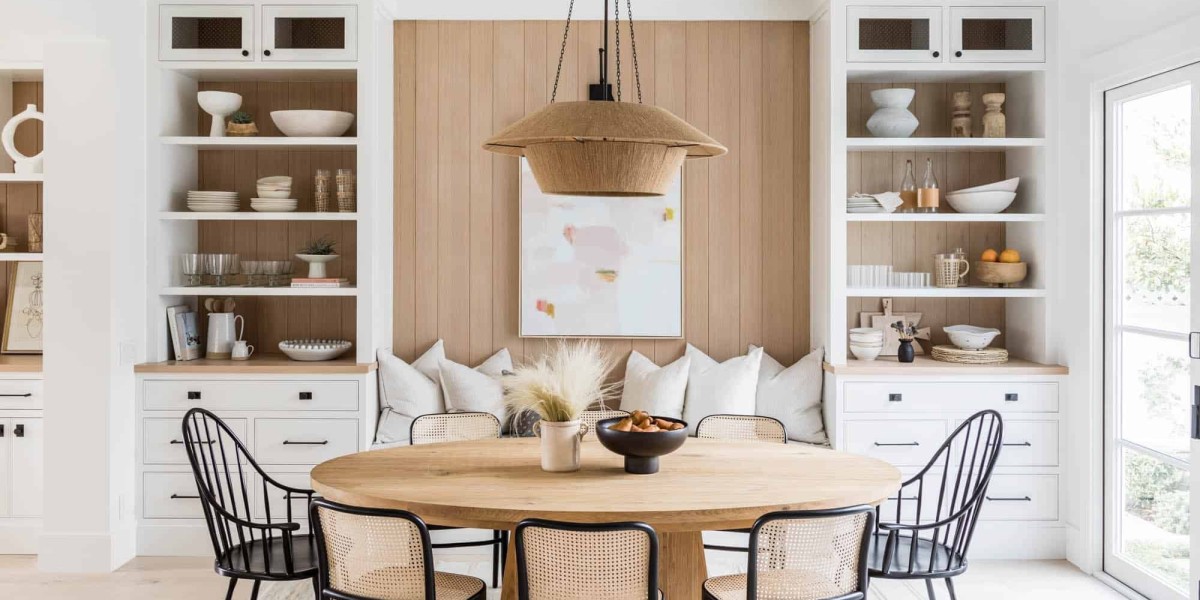The Importance of Dining Room Vastu
Vastu Shastra emphasizes the importance of aligning your living spaces with the natural elements and cosmic energies. When it comes to the dining room, this is no exception. The correct application of dining room Vastu can influence the well-being, health, and prosperity of the occupants. Here's how you can incorporate Vastu principles into your dining room:
1. Location and Placement
Ideal Location: The dining room should ideally be located in the west or north-west part of the house. These directions are associated with air, which symbolizes movement and lightness, creating a conducive environment for meals.
Avoid the Center: Avoid placing the dining area in the center of the house as it disrupts the energy flow.
2. Dining Table Placement
Table Shape: A rectangular or square dining table is considered the best shape according to Vastu. It promotes a sense of balance and equality among family members.
Table Position: The dining table should be placed so that everyone faces east or north while eating. The head of the family should sit in the south or west direction.
3. Lighting and Ventilation
Natural Light: Ensure that the dining room receives ample natural light, as it symbolizes positive energy. If possible, have a window in the east for morning light.
Ventilation: Good ventilation is essential to prevent stagnant energy. A well-ventilated dining room ensures the flow of fresh air and vitality during meals.
4. Colors and Decor
Color Palette: Opt for soft and calming colors like light green, soft blue, or pastel shades for the dining room. These colors promote a sense of tranquility.
Artwork and Decor: Hang pleasant and aesthetic artwork on the walls to create a soothing ambiance. Avoid disturbing or negative images.
5. De-Cluttering
- Minimalism: Keep the dining area clutter-free. A cluttered space obstructs the flow of energy and can lead to stress during meals.
6. Religious and Spiritual Symbols
- Idols or Symbols: You can place religious or spiritual symbols in the dining room, but they should be placed in the north-east direction, away from the dining table.
7. Direction of Cooking
- Kitchen Location: The kitchen should ideally be located in the south-east direction of the house. This ensures that while cooking, the cook faces east, which is considered auspicious.
Conclusion
Incorporating dining room Vastu principles into your home can contribute to a positive and harmonious environment for you and your family. By following these guidelines, you not only create a welcoming space for meals but also invite prosperity and well-being into your life. Remember that Vastu is about balance and harmony, so it's essential to adapt these principles to your specific home's layout and your family's unique needs. In doing so, you can enjoy the many benefits that a Vastu-compliant dining room can offer.



